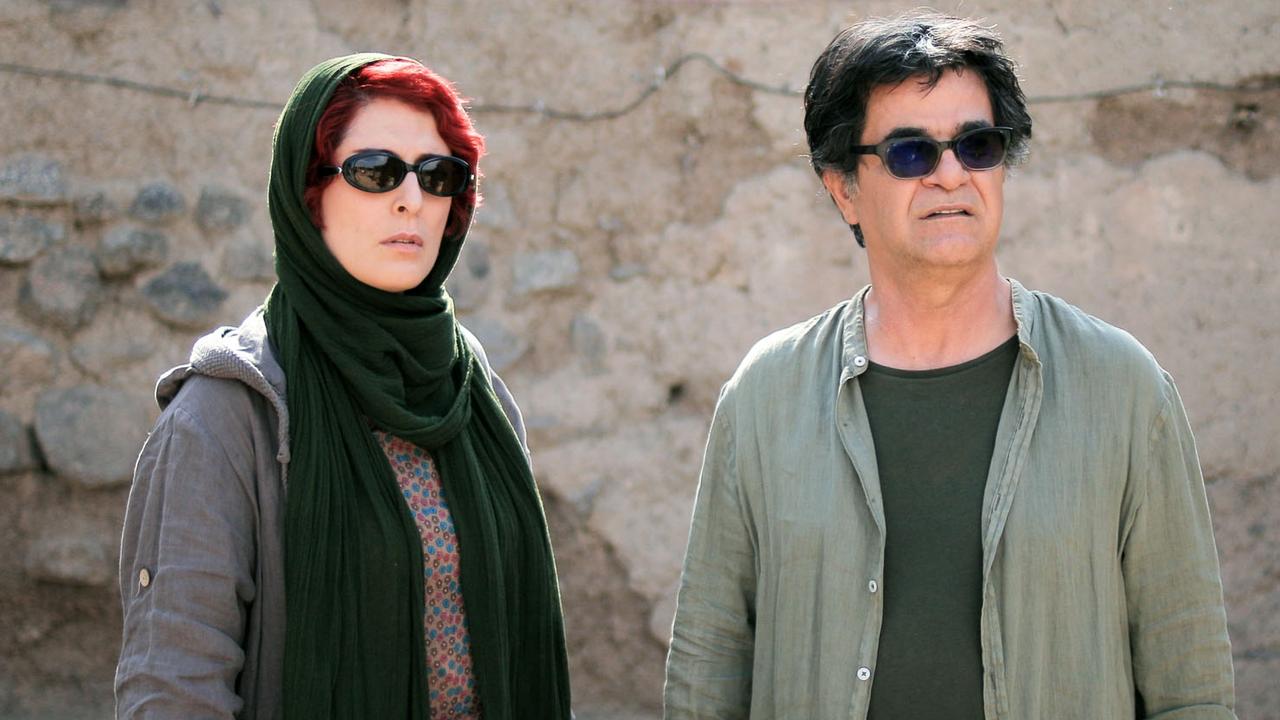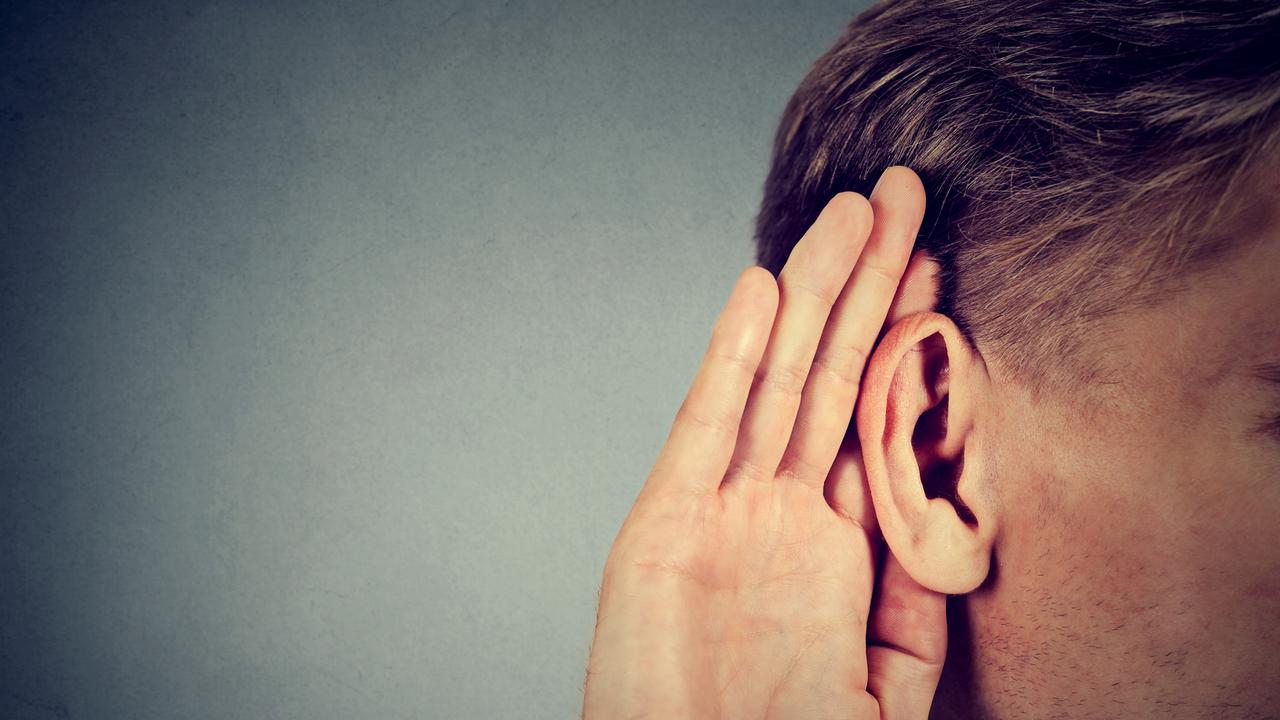Hollywood a boy's only adventure
IT'S a fact, annoying but true, that most of the decent roles in Hollywood films go to men.
IT'S a fact, annoying but true, that most of the decent roles in Hollywood films go to men.
From time to time a prominent actress on the wrong side of 39 will complain about this. Her comments will provoke a flurry of headlines and a whirlwind of indignant opinion pieces before the status quo is quickly reasserted.
Less commented on, or even acknowledged, is that this double standard is also being inflicted on children. During the past few years, as I've taken my two sons to the movies or bought themDVDs, I've been gobsmacked at how mostblockbuster children's films lack female lead characters.
Chief among the offenders is Pixar, the respected computer animation studio that has made a mint since it rolled out its first family film, Toy Story, in 1995. I've sat through Pixar animations, including Toy Story, Toy Story 2, Finding Nemo and The Incredibles. At their best, these films are graced with ingenious animation and scripts that intrigue children and make parents laugh out loud.
I love Toy Story's Buzz Lightyear, the self-parodying space hero and his oxymoronic battle cry "To infinity and beyond!" Many a mum who has seen The Incredibles will empathise with the mother of the superhero family who frets that her bum looks big in her skin-tight, action hero suit.
Yet for all their innovation and originality, not one of Pixar's 10 children's films gives a female character top billing. This says something aboutHollywood's dirty little secret: that most contemporary, mass-market children's movies with female leads are considered box-officepoison.
Why? Call it the Harry Potter effect. The Harry Potter films are the highest-grossing film franchise of all time, with the six movies released so far vacuuming up an estimated $US5.3 billion ($6.4bn) in box office receipts worldwide. This is more than the Bond or Star Wars movies generated, and there are two Potter instalments to come.
I am a huge fan of J.K. Rowling, author of the Potter books. She is single-handedly responsible for bringing legions of reluctant readers to the printed word. Since starting school, my 10-year-old has been a reader, but he only became a passionate reader when he discovered the bespectacled boy and his broomstick.
Nevertheless, the Potter phenomenon has been so commercially potent it has unwittingly entrenched gender divisions in children's entertainment. The astonishing bankability of Rowling's boy (now teenage) wizard has reinforced the unspoken double standard that runs through a lot of Hollywood filmmaking and some areas of children's publishing: the belief that girls will go to films or read books about male characters, but boys will refuse to see films or read novels about female characters. Therefore, the conventional wisdom is that filmmakers and authors who want to maximise their audience should avoid making a girl -- or for that matter a female wizard, hairy mammoth or doll -- their central character.
Granted, Harry Potter has a feisty, brainy sidekick in Hermione Granger. But Hermione is merely the warm-up to Harry's main act. It's Harry who's the centre of attention, whether he's coping with muggle relatives who resent him or preparing for his next showdown with the evil Voldemort.
In the majority of blockbuster children's films -- as in most Hollywood adult films -- female characters are the support act (Dory in Finding Nemo; Ellie in Ice Age) or are conceived as the key male's love interest (Eve, the sleek exploration robot in Wall.E; Princess Fiona in the Shrekseries). Moreover, in the torrent of superhero movies sought out by older children, male characters exercise a near-monopoly on lead roles.
OK, let's concede that boys are generally more interested than girls in superhero flicks with never-ending fight scenes and eye-poppingspecial effects. But inexplicably, the male monopoly on lead parts can also be seen in big-budget animations featuring anthropomorphic animals.
In the original Madagascar, which depicted a motley crew of zoo animals who find themselves in the wild, three of the four leads are male; in the first Ice Age animation, the main characters -- a sloth, woolly mammoth, sabre-toothed tiger and acorn-obsessed squirrel -- are all male.
The latest Ice Age offering, Ice Age 3: Dawn of the Dinosaurs, was the big box-office draw of the recent school holidays. It makes a concession to the sidelining of female characters; a very Hollywood kind of concession. It features two prehistoric female characters: a pregnant mammoth and Scratte, a squirrel who, according to the producers, uses her feminine wiles to get what she wants. The Female Eunuch it ain't.
What message does all this send to girls? That the experiences of male characters -- whether they are human, superhuman, robotic orcovered in fur -- are intrinsically more interesting, more worthy of being in the spotlight, than the experiences of female characters?
These days, schoolgirls are encouraged to take equality for granted, yet popular culture seems intent on narrowing and straitening depictions of them. Among the minority of big-deal films devised for girls (the Bratz movie and Hannah Montana: The Movie spring to mind) most of the pivotal characters are fashion plates or celebrities. Admittedly, in the recently released Hannah Montana -- which many critics liked -- the titular character was forced to tame her inner celebrity brat.
Nevertheless, it seems to me that Hollywood offers girls fewer screen heroines than was the case decades ago. Snow White and the Seven Dwarfs (1937) was America's first animated feature film and a box-office winner. Its enduring appeal is such that, 72 years later, the DVD can be found in most video and department stores. The Wizard of Oz, Fantasia, The Sound Of Music and Mary Poppins were also commercial and critical hits.
Today, it's likely these films wouldn't be made. After all, they have female stars or a strong feminine sensibility.
Of course, there are exceptions to the retrograde gender segregation found in kids' movies. Mulan II (2004) is a Hollywood animation about a Chinese girl who defies her tradition-bound society by disguising herself as a warrior. Monsters v Aliens, released earlier this year, revolves around a young woman who is struck by a meteorite and turns into a giant. Nancy Drew 2, an update of the 1930s films about a schoolgirl sleuth, is in production. Then there is the trickle of arty, niche films, such as the recently released Coraline, which focuses on a girl with an unhappy home life who ends up in a creepy, parallel world.
But on the whole, the blockbuster market is fixated on boys, and therefore on screen heroes rather than heroines.
In an era when girls are told they can do or beanything, Hollywood often suggests the opposite is true.


